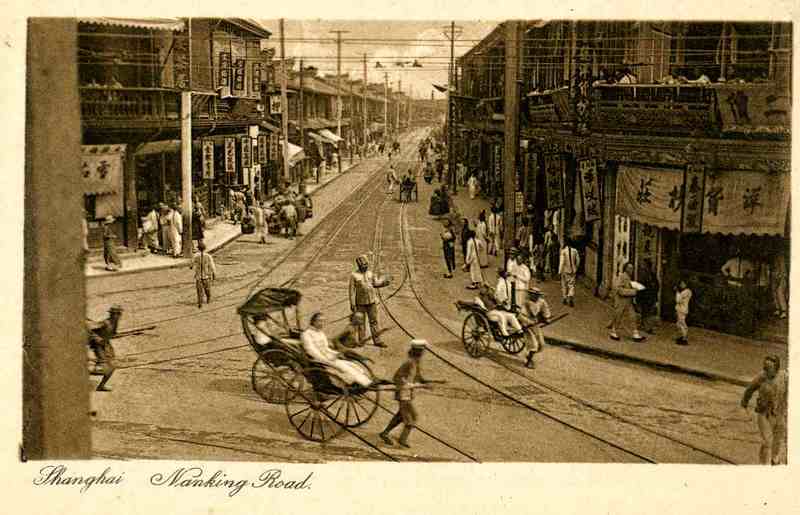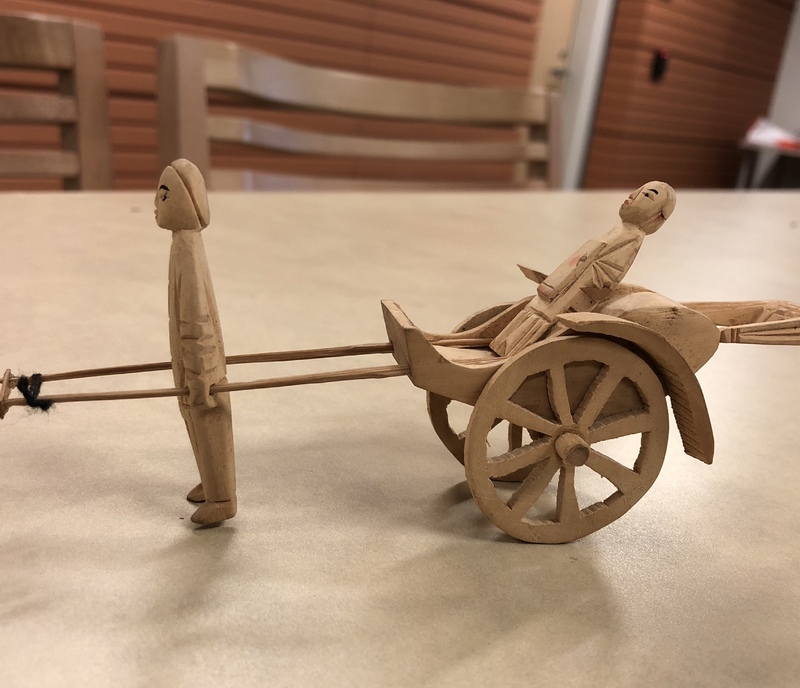Going Shopping
Welcome to Early American Trade with China Exhibit!
It was inspired by Walter G. Whitman, a professor at Salem Normal School, who received a Rockefeller Foundation award to teach at Nanking University in Nanking, China from 1925-1926. During his stay there, he collected many local postcards, photographs, and kept a journal of his experiences." This exhibit's purpose is to take you on professor Whitman's journey in China and help make connections of influences between China and the US by focusing on trade relations.
“In many ways, China is a land of contradictions. with 80% of her population unable to read or write, she has produced some of the world’s best thinkers. Lagging behind the rest of the world in scientific development and inventions, we must remember she was the first to produce gunpowder and to use a smoke screen in warfare. She was also the first to discover that the silkworm cocoon could be unwound and fashioned into beautiful silk thread and cloth.” Walter G. Whitman.

Nanking Road was one of the main streets in Shangai because it was famous for its markets. The big shops found along Nanking Road were established mainly for the tourist trade and in fact, that is where Walter Whitman states he was able to shop easily. "They are one-price stores and reliable," he says, and there "you'd find a large assortment of all the wonderful and beautiful pieces of Chinese handicraft making it possible for foreigners to select things from all sections of that vast empire."

This is a toy that Walter Whitman brought back from his journey and it represents transportation in China. The main way of transportation at the time was the carriage. Usually big enough to carry two people comfortably. The horse driver was called "Ma Fu" and according to old economic customs, he was entitled to a commission from the shop-keeper on everything foreigner's purchased.
Whitman wrote a memoir of his year in China, "Observations on Life in China, 1925-1926." In the chapter “Going Shopping” Walter Whitman speaks about his experience as a foreigner in the Chinese markets. He speaks about the Chinese monetary systems and foreign relations.
Whitman and his friends decided to go to the shopping district of Nanking one Saturday morning in 1925. It was his first trip to the South City which was known to be the business district. They traveled in a carriage driven by horses. The streets were narrow and without sidewalks, so his horse driver had to constantly shout to people to make way for him.
Passing along the streets of small shops, Whitman notes seeing men making products that they would later sell such as bean curd (tofu), brass teapots, charcoal fire pots, furniture, lacquer trays, lanterns, Mah Jong sets, musical instruments, pictures, pipes, shoe nails and toys.
In the “big street,” you would find the larger stores. Most of these stores had show windows on the streets after the western style. This is very interesting because it shows how a century-long history of trading with foreigners influenced Chinese internal markets and also Chinese efforts to attract foreign interest.
